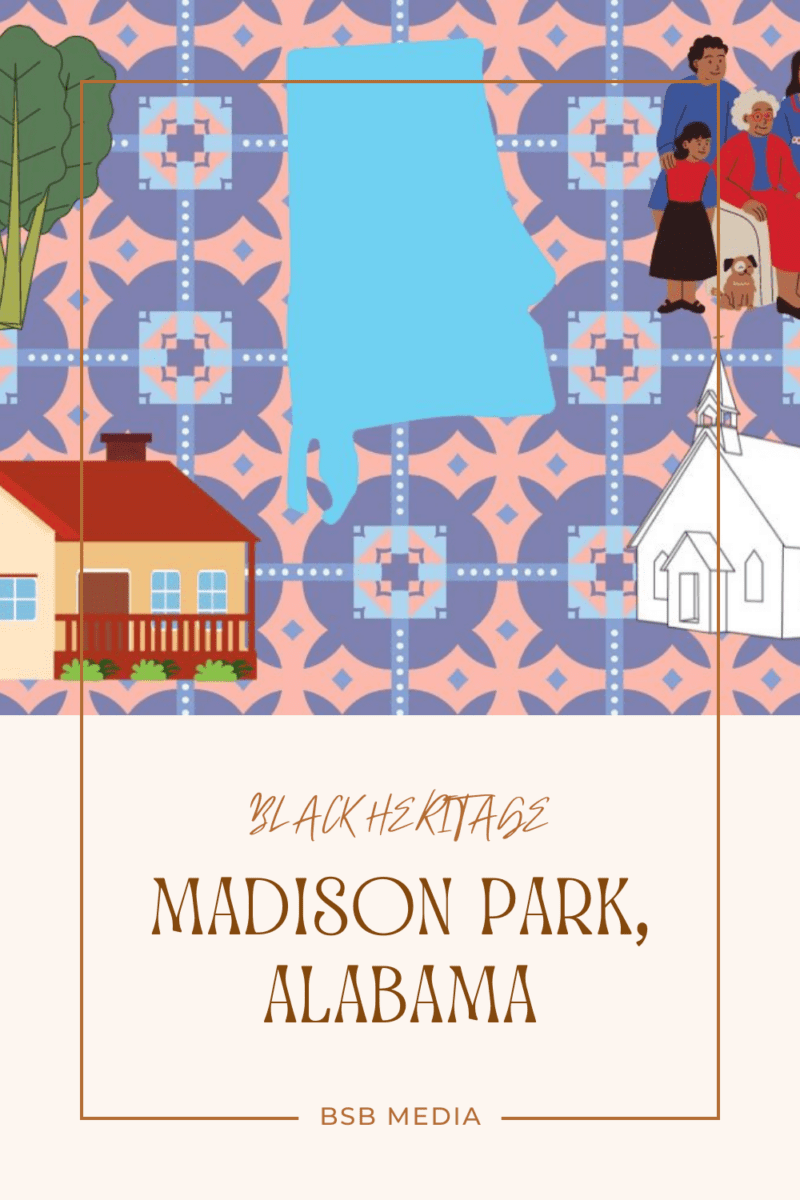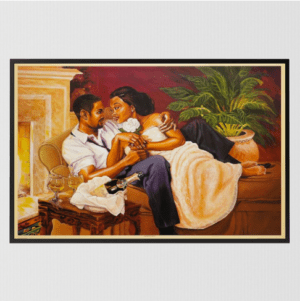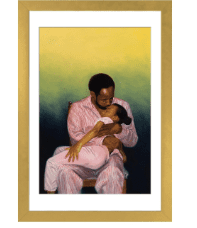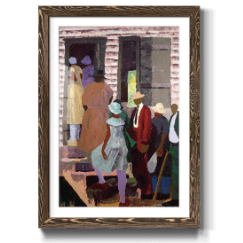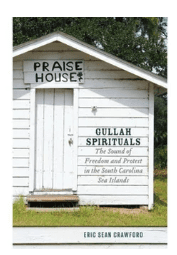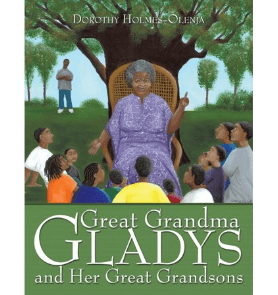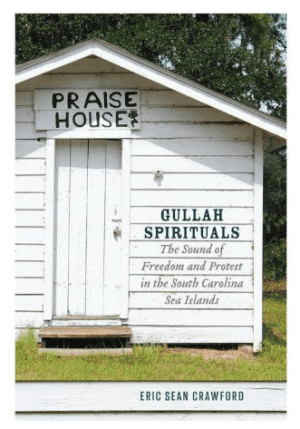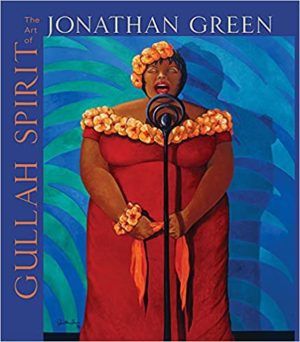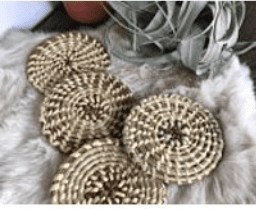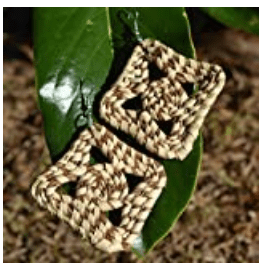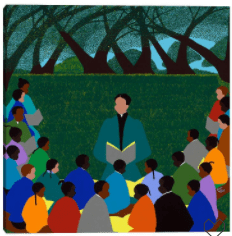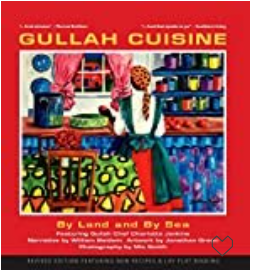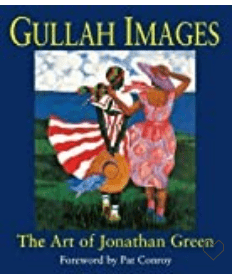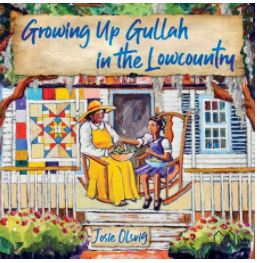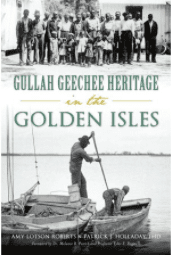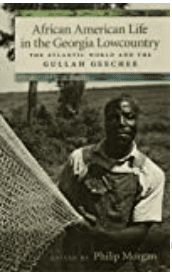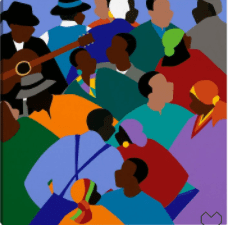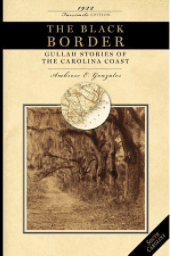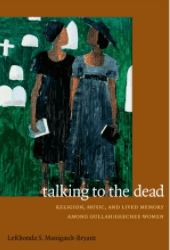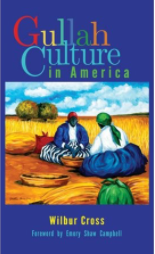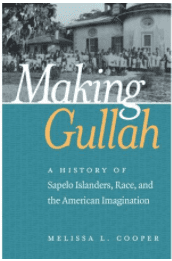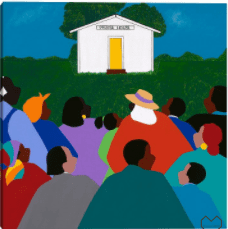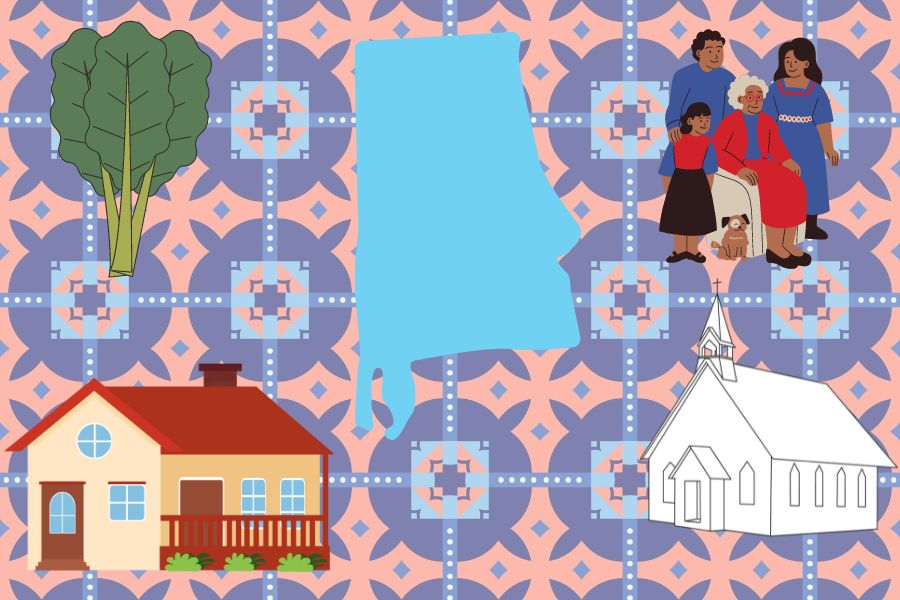
Award-winning journalist Wil Haygood writes in the last paragraph of A Path All His Own, his profile of National Gallery Deputy Director Eric Motley,
Jim Wilson, the lawyer and member of Motley’s church, has watched Motley’s career from afar. And Wilson also has concerns about Motley. “My worry,” he says, “is that when all of this is over — the Bush administration, Eric’s job, because it will all come to an end — my worry is: Will Eric be able to find his way back home?”
That was in 2006, and from what was written about Motley, one could question if he’d actually “find his way back home.” However, what is unquestionable, is that no matter where life had taken Motley, home had not left him. In 2017, Motley published the consummate love letter, “Madison Park: A Place of Hope,” to the people and community that shaped him and gave him the freedom to be himself and live out his passions and purpose.
Madison Park’s story is about self–determination and resilience, but the true stars of the hamlet are the people and their hope grounded in faith.
Deed, Madison Family Papers, Trenholm State Community College
Forward-thinking Elijah (Eli) Madison and 13 other formerly enslaved men and women founded Madison Park in 1880. Located outside of Montgomery, Alabama, the families pooled their resources to purchase what was once known as the May Plantation. The purchase was paid in full two years later. The group of freedmen, including Motley’s great-great grandfather, owned their land free-and-clear. One of the families, the Marshalls, donated land for the purpose of building a church, the Union Chapel African Methodist Episcopal Zion (AMEZ) Church. Soon after settling, they built a sawmill and gristmill and bought a cotton gin to support their independence as farmers. In a short period of time, they worked as a community to clear land to build their homes, a park, a swimming pool and ballpark, and they opened businesses.
Credit: Union Chapel AME Zion, Madison Park
But, their crown jewel was the school. According to the Encyclopedia of Alabama, “In 1914, Julius Rosenwald helped fund the building of six schools in Alabama with a $25,000 grant to Washington and Tuskegee, which served as the base of operations for the project. The first to open its doors was a frame building in Loachapoka, Lee County. The other five were in Notasulga and Brownsville (Macon County), Chewacla (Lee County), and Big Zion and Madison Park (Montgomery County). The schools typically had a single teacher for all grades, and instruction generally focused on a basic curriculum of reading, writing, and arithmetic augmented by shop and vocational skills, including farming, gardening, dress making, and principles of personal hygiene.” This made Madison Park’s school one of the first Rosenwald schools in the state and country.
The residents of Madison Park included Montgomery’s first Black woman physician Hagalyn Seay Wilson, the daughter of Solomon Seay, Senior, Martin Luther King’s spiritual father; Edgar Daniel Nixon, co-founder of the Alabama Voters League; and Elijah Madison’s son Arthur, who would go on to become legal counsel to the NAACP and who was disbarred in the state of Alabama for registering Blacks to vote. Motley would work for George W. Bush’s administration some years before joining the National Gallery. All of these people and more were able to thrive and survive with the support of a town – a village – of ordinary people doing an extraordinary thing.
Like many rural communities, Madison Park suffered from “Brain Drain,” where their youth left for parts of the North to take jobs that paid better and offered them some semblance of upward mobility. Yet, a few of the original buildings exist such as Union Chapel, Elijah Madison’s house as well as Eric Motley’s grandparents’ home. The Madison Park Community Reunion Center is open as an event venue, containing a museum dedicated to Black inventors. The Greater Madison Park Neighborhood Association exists to serve community needs. Still, the vision of the original founding families survived the deaths of descendants and socio-economic change.
And Eric Motley returns ‘home’ to the Black Belt of Alabama to visit Madison Park at least twice a year.
